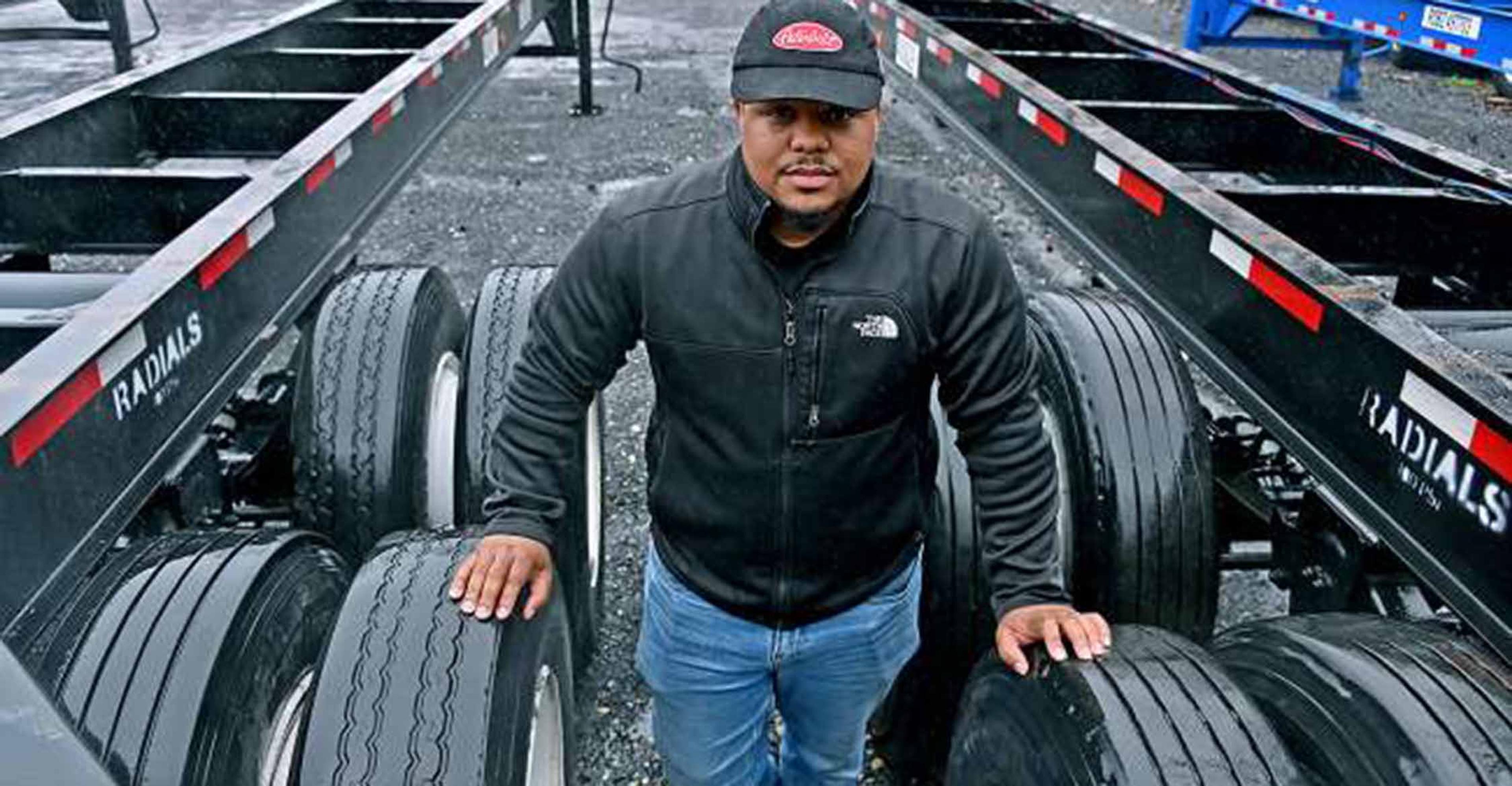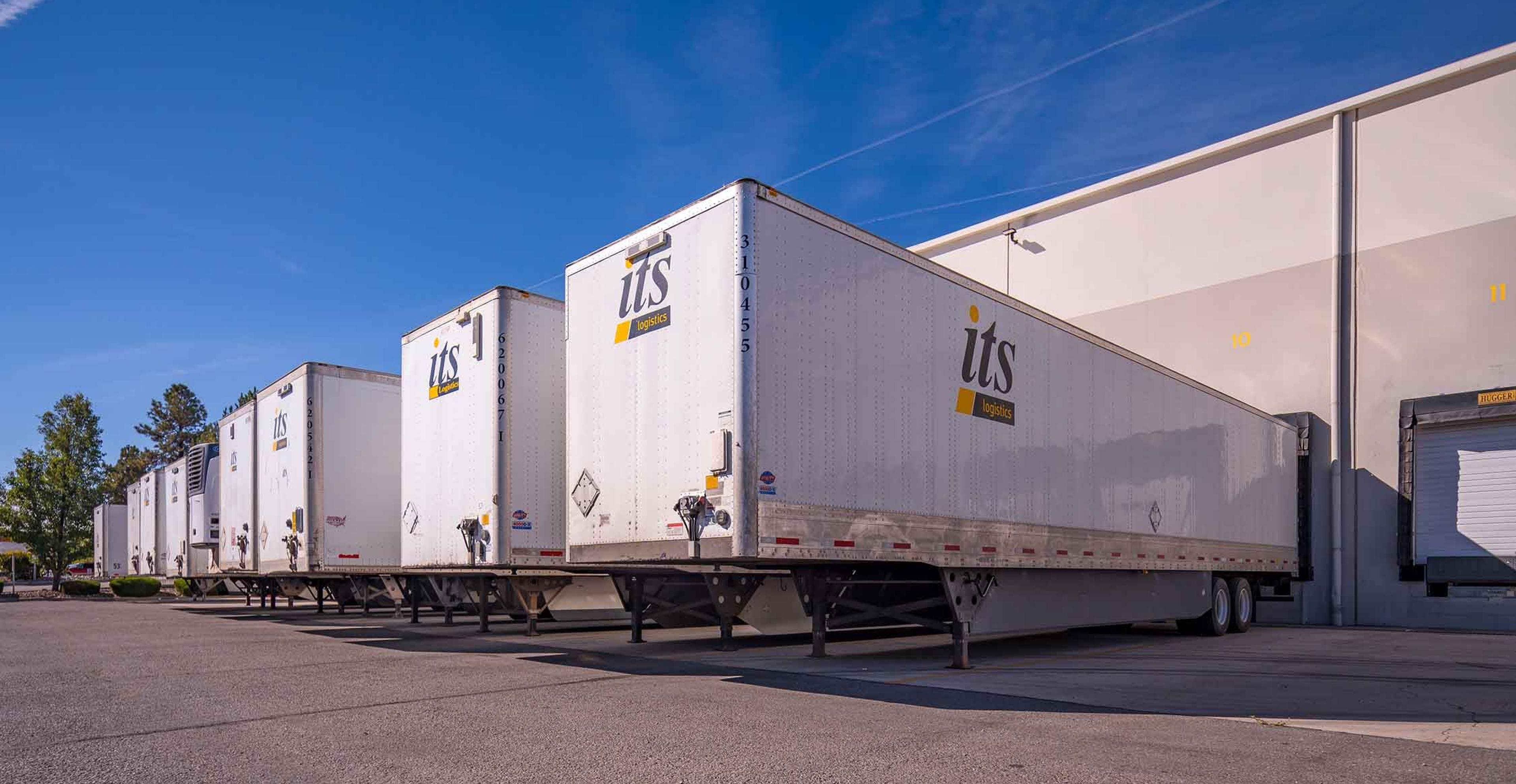
The Baltimore Sun
Lorraine Mirabella
April 8, 2024
FROM THE ARTICLE: On the morning an outbound containership destroyed the Francis Scott Key Bridge, Leander Bowling absorbed the shock along with the rest of the world when he got a text from the Port of Baltimore.
With the Patapsco River blocked to vessels, Seagirt Marine Terminal would stop taking export cargo at 11 a.m. — until further notice.
Bowling, a 40-year-old driver who bought his own semi-truck five years ago, had a job lined up that day to deliver a container to the port, but he needed to drive nearly two hours to a shipper in Pennsylvania to pick up a 90,000-pound load of tree trunks, then haul it back to Seagirt. From his home near White Marsh, Md., not far from where the steel bridge had stood for nearly 50 years, he was against the clock.
“I was able to make the port, but after that, the rest of the loads were canceled. I ran four more loads that week,” outside the port, he said. “The truck’s been parked pretty much ever since. Everything is at a standstill.”
Like thousands of workers who depend on the port, now closed to ship traffic, truckers have found themselves sidelined and facing uncertainty. Roughly 3,000 trucks a day come into the state-owned terminal alone. The drivers are counted among a daily workforce of 8,000 people, including terminal, rail and tugboat operators and pilots, who have been affected directly.
Kathleen Kropp, 74, who ran restaurants before starting Perry Hall, Md.-based trucking company Triple H 20 years ago, said she mostly worries about the drivers she thinks of as her sons.
Kropp, who is an agent for a larger motor carrier, American Road Lines, works with Reno, Nev.-based ITS Logistics and other customers that transport freight from ports to distribution centers or stores. She coordinates daily jobs for 15 owner-operator drivers who travel within a 100-mile radius of Baltimore and return home every night. (ITS Logistics ranks No. 56 on the Transport Topics Top 100 list of the largest logistics companies in North America.)
They typically handle 50 to 60 loads a week. This week, they only picked up 11, from ships docked at Seagirt before the bridge fell.
“There’s nothing for anyone to pick up,” she said. “The truck drivers have truck payments to make; they have families to feed. They work very hard for their money. It’s not an easy job.”



